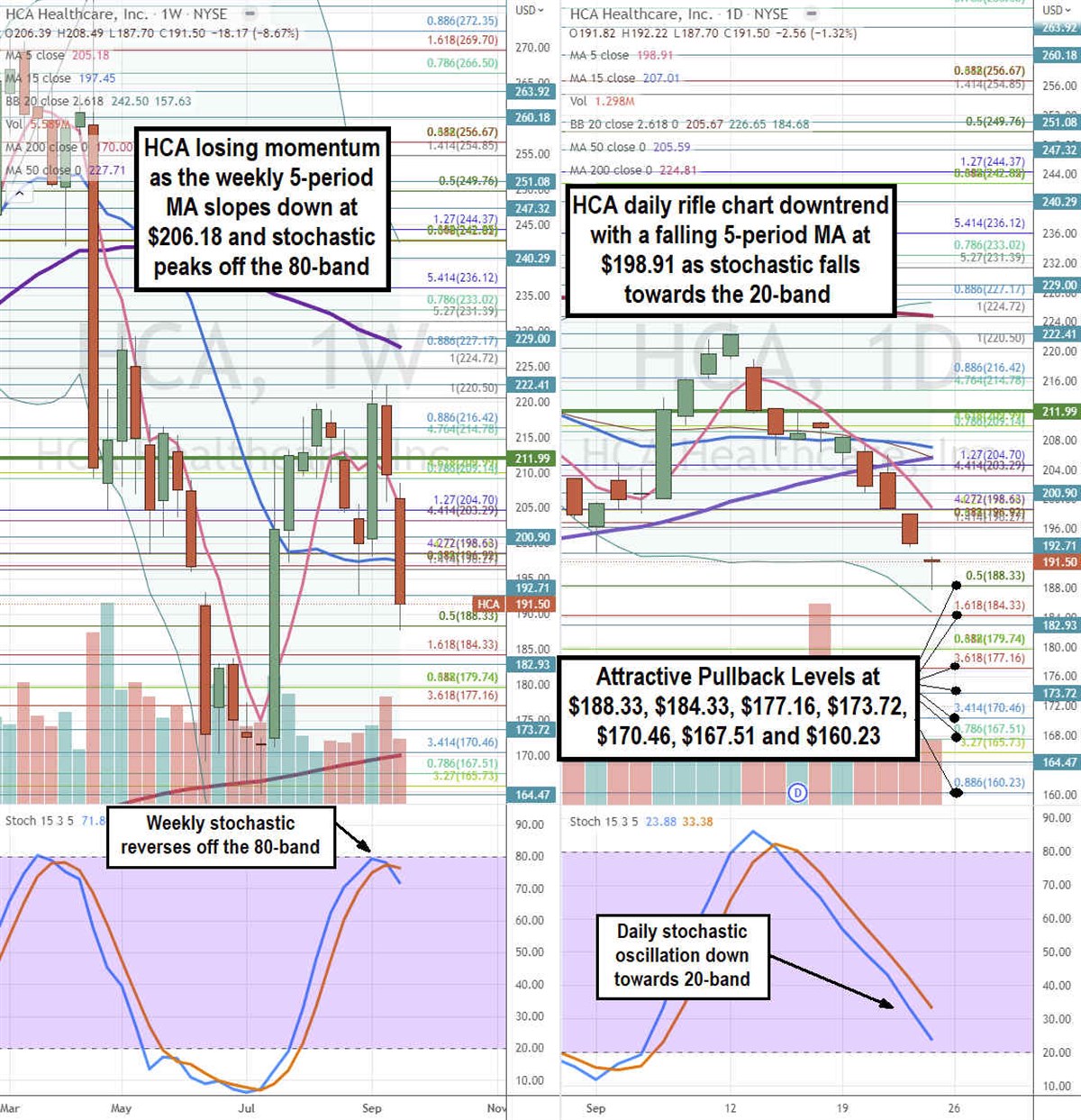Financial News
More News
View More
JPMorgan Crushes Q3; But Is the Steady Eddy Stock Hitting A Wall?
October 19, 2025
Snap-on Incorporated: Snap It Up Quick, New Highs Will Come Soon
October 19, 2025
As Global Renewables Surpass Coal, This ETF Offers Smart Exposure
October 19, 2025
Johnson & Johnson's M&A Strategy Is the Real Story for Investors
October 18, 2025
Tesla: Some Analysts Are Calling for A 30% Drop—Time to Panic?
October 18, 2025
Recent Quotes
View More
Stock Quote API & Stock News API supplied by www.cloudquote.io
Quotes delayed at least 20 minutes.
By accessing this page, you agree to the Privacy Policy and Terms Of Service.
Quotes delayed at least 20 minutes.
By accessing this page, you agree to the Privacy Policy and Terms Of Service.
© 2025 FinancialContent. All rights reserved.










